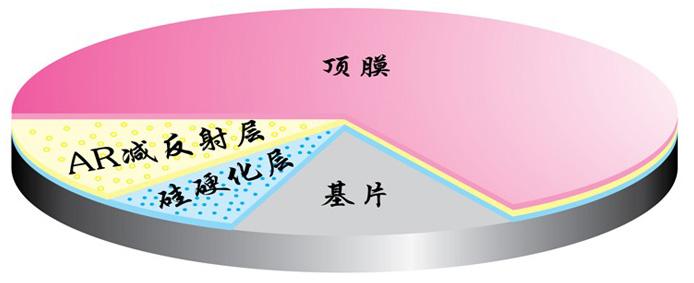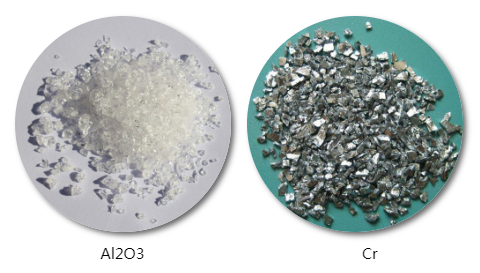- EN
 企业公众号
企业公众号 微信客服
微信客服
 企业公众号
企业公众号 微信客服
微信客服In general, the combination of substrate and film is the main reason for the weakness of antireflection film. Because the surface of the substrate will inevitably have some harmful impurities attached to the surface in the process of optical cold processing and cleaning, and because of the role of optical cold processing, there will always be some damage layer on the surface of the substrate, which goes deep into the damage layer of impurities (such as water vapor, oil vapor, cleaning fluid, wiping fluid, polishing powder, etc., of which water vapor is the main one) It is difficult to remove them by general methods, especially for substrates with good hydrophilicity and strong adsorption. When the film material molecules accumulate on these impurities, the adhesion of the film is affected, and the strength of the film is also affected.

In addition, if the hydrophilicity of the substrate is poor and the adsorption force is poor, the adsorption of the film is also poor, which will also affect the strength of the film.
The chemical stability of nitrate is poor, and the surface of the substrate has been corroded during the pre-processing and flowing process, forming a corrosive layer or hydrolytic layer (maybe local and very thin). When the film is coated on the corrosion or hydrolysis layer, its adsorption is poor and the film firmness is poor.
The surface of the substrate is dirty, greasy spot, ash spot, saliva point and so on. The local film layer is not adhered well, resulting in poor local film firmness.
Improvement measures:
1. Strengthen degreasing and decontamination treatment, if it is ultrasonic cleaning, should focus on degreasing function, and ensure the effectiveness of degreasing solution; if it is hand rubbing, you can consider first wiping with calcium carbonate powder and then cleaning.
2. Strengthen pre-plating baking, the conditions permit, the substrate temperature can reach more than 300 degrees Celsius better, constant temperature more than 20 minutes, as far as possible to make the surface of the substrate vapor, oil vapor volatilization.
Note: Higher temperature, higher adsorptive capacity of substrates, and easy to adsorb dust. Therefore, the cleanliness of the vacuum room should be improved. Otherwise, there will be dust attachment on the substrate before plating, which will affect the film strength as well as other disadvantages. (The chemical desorption temperature of water vapor on the substrate in vacuum is above 260 C). But not all parts need to be baked at high temperature. Some nitrate materials have higher temperature, but the film strength is not high, and there will be color spots. This is related to stress and material thermal matching.
3. When conditions permit, the unit installs a condenser (PLOYCOLD), which not only improves the vacuum pumping speed of the unit, but also helps to remove water vapor and oil and gas from the substrate.
4. To improve the vacuum degree of evaporation plating, the starting vacuum of evaporation plating should be higher than 3*10-3 Pa for a plating machine over 1 meter. The larger the plating machine, the higher the starting vacuum of evaporation plating.
5. When conditions permit, the unit installs an ion source, bombards before plating, cleans the surface of the substrate and assists the plating process, which is conducive to the compactness and firmness of the film.
6. Dehumidify the membrane material and dry it in a vacuum chamber with a Petri dish.
7. Keep the working environment dry (including lens wiping and umbrella working area), and don't bring too much water vapor when cleaning the working environment.
8.For multi-layer films, the matching of the first layer with the substrate should be considered in the design of the film system, and the use of aluminium trioxide film material as far as possible, which has better adsorptive force on most substrates. For metal film, the first layer of chromium or chromium alloy can also be considered. Chromium or chromium alloys also have good adsorptive capacity for substrates.
ATS produces related coatings:

9. The corrosive layer (hydrolytic layer) on the surface of lenses was removed by using abrasive fluid (polishing fluid).
10. Sometimes reducing the evaporation rate properly is helpful to increase the strength of the film and has positive significance to improve the smoothness of the film surface.